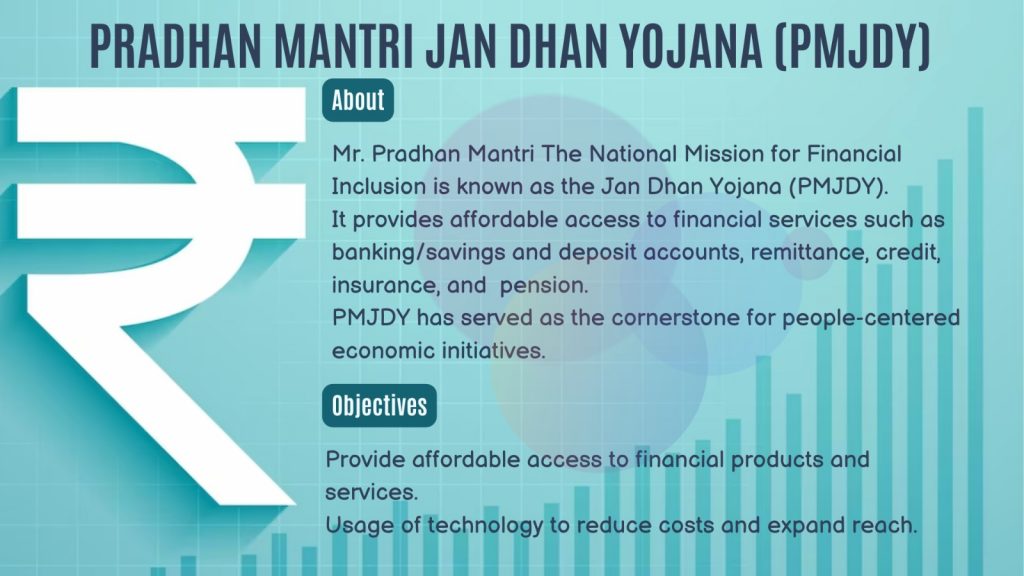News Highlight
India’s Digital Public Infrastructure is catching the next wave.
Key Takeaway
- India’s digital public infrastructure (DPI), known as the India Stack and other terms, is a modern marvel.
- It evolved due to a unique collaboration between governments (federal and state), regulators, the commercial sector, altruistic volunteers, entrepreneurs, and academia/think tanks.
- Enabling sustained collective activity at scale amongst so many distinct entities is miraculous in and of itself.
- The results are India’s answer to Web 3, if not superior in many aspects.
Digital Public Infrastructure (DPI)
- About
- Three fundamental sets DPIs act as go-betweens for people, money, and information.
- Firstly, people will pass through a digital ID system.
- Secondly, money flows through a real-time, quick payment mechanism.
- Thirdly, the flow of personal information through a consent-based data-sharing mechanism to realise the benefits of DPIs and empower citizens with real data control.
- These three sets are the foundation for creating a functional DPI ecosystem.
- Applications
- JAM trinity, which links Aadhaar, mobiles, and bank accounts
- Digi Locker for digital storage and documents
- Bharat Bill Pay, a one-stop solution for multiple payments
- UPI, Aadhaar Enabled Payment Systems (AePs) and Immediate Payment Service (IMPS)
- Cowin for vaccination
DPI in India
- India, the first country to develop all three foundational DPIs
- India became the first country to build the three core DPIs, digital identification (Aadhar), real-time quick payment (UPI), and a platform through India Stack.
- It is to securely share personal information without jeopardising privacy (Account Aggregator built on the Data Empowerment Protection Architecture or DEPA).
- Techno-legal regulatory frameworks in India
- With public-technology design, techno-legal regulatory frameworks are employed to achieve policy objectives.
- Example
- The DEPA in India provides people with technology tools to exercise their rights under applicable privacy legislation.
- In a nutshell, this techno-legal governance framework incorporates data protection principles into a public technology stack.
- DPI is the most feasible model
- DPI has emerged as the most viable approach due to its low cost, interoperability, and scalable design.
- Because of its anti-monopoly and anti-digital colonialism measures.
Aadhaar and the private sector
- Rebirth of Aadhaar
- Because of the Prime Minister’s vision, Aadhaar has become the rocket ship for launching excellent governance in India.
- Aadhaar is being used in over 1,700 Union and State government initiatives.
- Aadhaar and the private sector
- Aadhaar is increasingly open to the private sector following the Supreme Court’s confirmation of privacy rights.
- Aadhaar holders can use their Aadhaar numbers for private sector purposes willingly, and regulated businesses can store Aadhaar numbers in secure vaults.
- These changes are causing India Stack to jump ahead.
- Three changes
- The India Stack’s successor, with a vibrant political executive and inspired volunteers.
- It will be accomplished through three changes:
- Voluntary use of Aadhaar for private sector purposes
- Data exchange between government departments
- The establishment of a new private sector-friendly UIDAI.

Conclusion
- India’s Digital Public Infrastructure (DPI) might be viewed as the country’s second war for independence, this time for economic emancipation from the daily difficulties of transactions and bureaucracy.
- DPI has emerged as the new economic backbone of India, moving it towards creating a $25 trillion GDP by the 100th anniversary of India’s political freedom.
- We can only envision the incredible development made with ChatGPT and India Stack.
- As well as inventions that, like the Cambrian explosion in evolutionary history, could usher in a new period of economic growth and progress.
Pic Courtesy: Niti Aayog
Content Source: The Hindu



